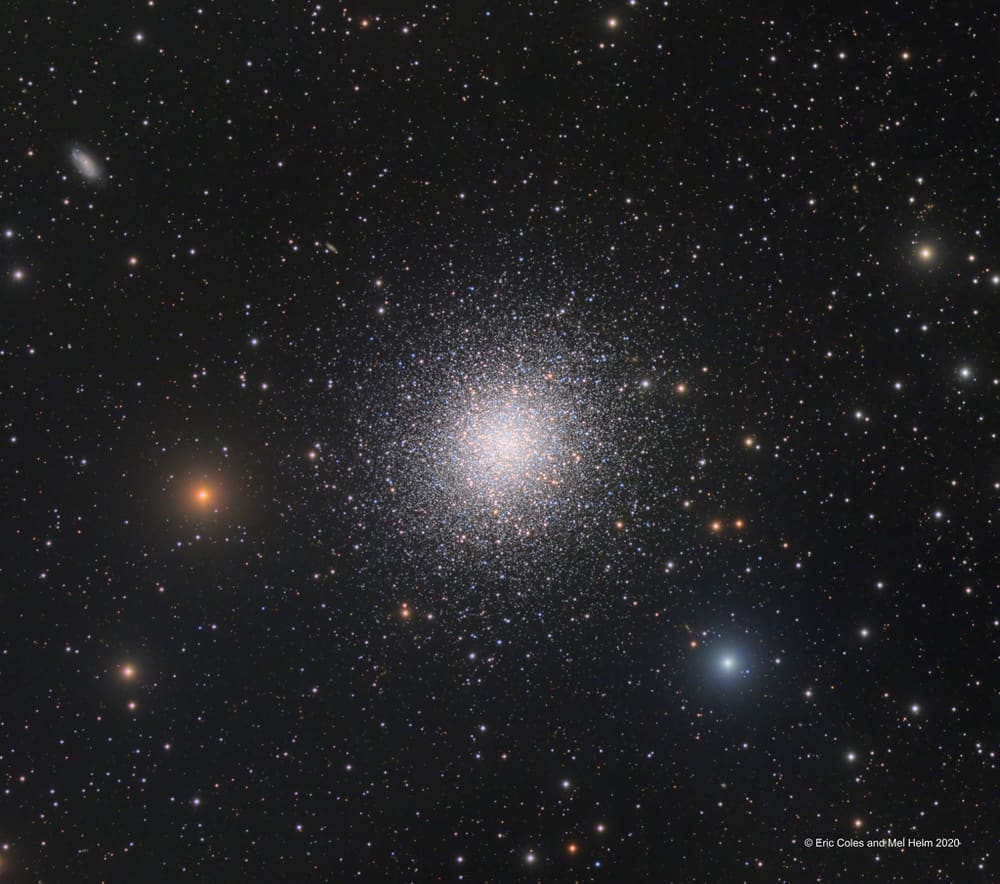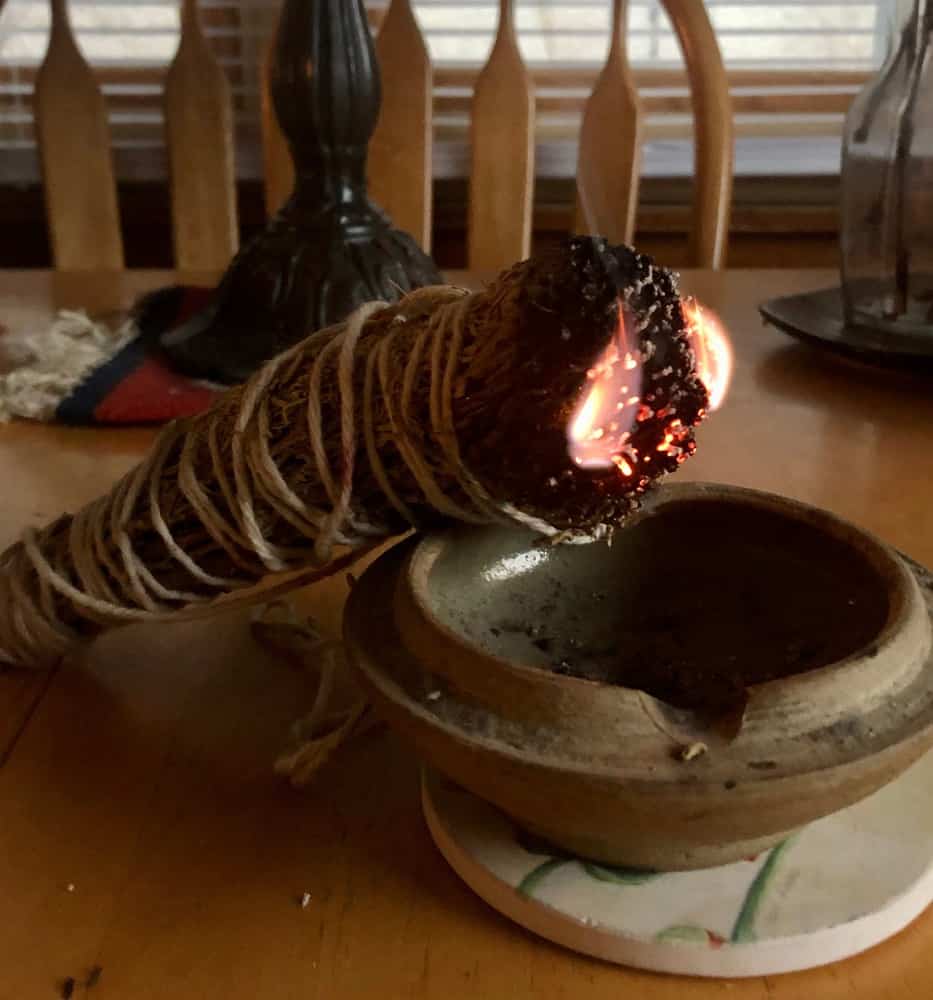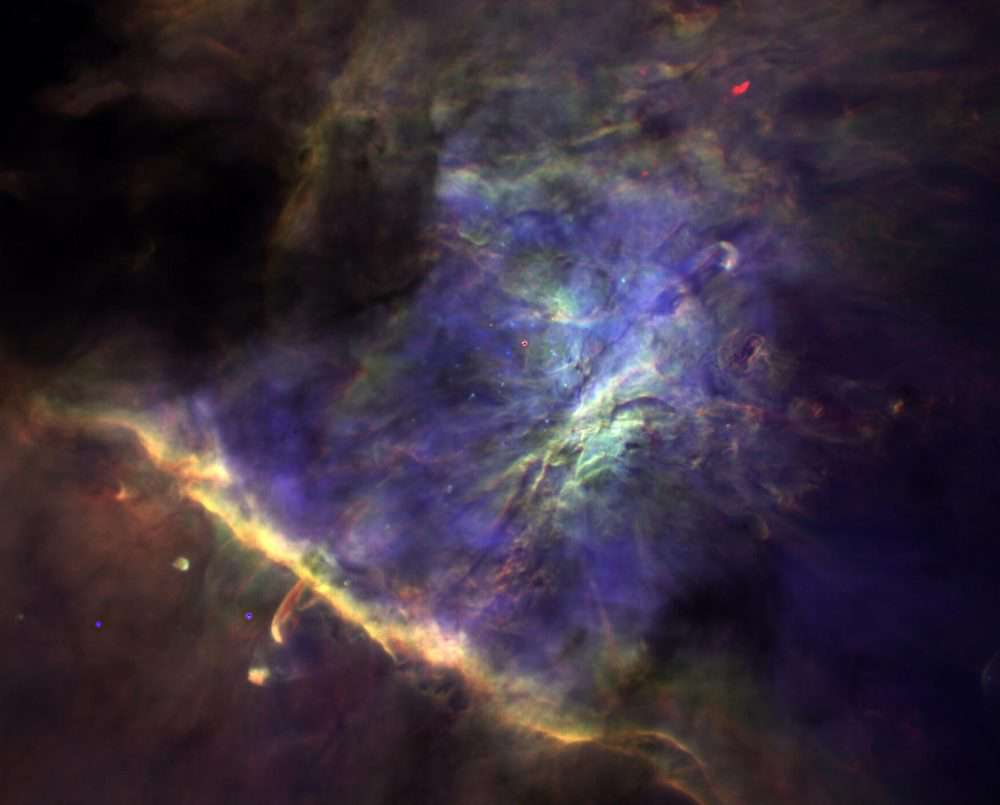Blog
Harold Mabern Jr. (March 20, 1936 – September 17, 2019) was an American jazz pianist and composer, principally in the hard bop, post-bop, and soul jazz fields. He is described in The Penguin Guide to Jazz Recordings as “one of the great post-bop pianists”.
Mabern was born in Memphis, Tennessee on March 20, 1936. He initially started learning drums before switching to learning piano. He had access to a piano from his teens, after his father, who worked in a lumber yard, saved to buy him one. Mabern learned by watching and emulating pianists Charles Thomas and Phineas Newborn Jr.
Mabern moved to New York City in 1959. According to his own account, he moved there with saxophonist Frank Strozier on November 21, 1959, checked in at a hotel and then went to Birdland, where he met Cannonball Adderley, who asked him if he wanted a gig. Mabern accepted and was shown inside, where trumpeter Harry “Sweets” Edison, who was looking for a pianist to replace the soon-to-depart Tommy Flanagan, auditioned him and offered him the place. A few weeks later, most of the members of this band then joined Jimmy Forrest for a recording in Chicago that resulted in the albums All the Gin Is Gone and Black Forrest, which were also guitarist Grant Green debut recordings.
Mabern steadily built a reputation in New York as a sideman, playing with, among others, Lionel Hampton‘s big band in 1960 (including a tour of Europe), the Jazztet for 18 months in the period 1961–62, accompanying vocalists, including Betty Carter, Johnny Hartman and Arthur Prysock, and working with trumpeter Donald Byrd and drummer Roy Haynes. After completing a 1963 tour with Haynes, he had a six-week engagement at the Black Hawk in San Francisco with Miles Davis.
more...Charles W. Thompson, who became known as Maxwell Street Jimmy Davis (March 2, 1925 – December 28, 1995) was an American electric blues singer, guitarist and songwriter. He played with John Lee Hooker, recorded an album for Elektra Records in the mid-1960s, and remained a regular street musician on Maxwell Street, in Chicago, for over 40 years. He is best remembered for his songs “Cold Hands” and “4th and Broad”.He was also known as Jewtown Jimmy.
Davis was born Charles W. Thompson, in Tippo, Mississippi. In his teens, he learned to play the guitar from John Lee Hooker, and the two of them played concerts together in Detroit in the 1940s, following Davis’s relocation there in 1946. Prior to his move to Detroit, he had worked in traveling minstrel shows, including the Rabbit Foot Minstrels. Davis lived for nearly a year in Cincinnati, Ohio, before he moved to Chicago in 1953. He started performing regularly in the marketplace area of Maxwell Street, playing a traditional and electrified style of Mississippi blues.
In 1952, he recorded two songs, “Cold Hands” and “4th and Broad”, under his real name, for Sun Records. They were offered to Chess Records and Bullet Records but were not released.
It is uncertain when he took the name Jimmy Davis, but in 1964, under that pseudonym, he recorded a couple of tracks for Testament Records. They appeared on the 1965 Testament compilation album Modern Chicago Blues. His songs were “Crying Won’t Make Me Stay” and “Hanging Around My Door”. The album also included a track from another Chicago street performer, John Lee Granderson, and more established artists, such as Robert Nighthawk, Big Walter Horton, and Johnny “Man” Young. The music journalist Tony Russell wrote that it was “music of great charm and honesty”.
In 1966, Davis recorded a self-titled album for Elektra Records, which Jason Ankeny, writing for Allmusic, called “a fine showcase for his powerful guitar skills and provocative vocals”. He recorded several tracks for various labels over the years, without commercial success.
more...Margaret Marian McPartland, OBE (née Turner; 20 March 1918 – 20 August 2013), was an English-American jazz pianist, composer and writer. She was the host of Marian McPartland’s Piano Jazz on National Public Radio from 1978 to 2011.
After her marriage to trumpeter Jimmy McPartland in February 1945, she resided in the United States when not travelling throughout the world to perform. In 1969 she founded Halcyon Records, a recording company that produced albums for 10 years. In 2000 she was named a National Endowment for the Arts Jazz Master. In 2004 she was given a Grammy Award for lifetime achievement. In 2007 she was inducted into the National Radio Hall of Fame. Although known mostly for jazz, she composed other types of music as well, performing her own symphonic work A Portrait of Rachel Carson with the University of South Carolina Symphony Orchestra in 2007. In 2010 she was named a member of the Order of the British Empire.
more...Soléa develops in (altered) Phrygian mode “por arriba” (fundamental on the 6th string), with the III degree of the mode altered to a major 3rd when resolving to I.
To adapt to the singer’s vocal range, guitarists can use a “cejilla” (capo) to play in any key while preserving the known chord positions. Modern guitarists often play soleá using other chord positions or even changing the tuning of the guitar to experiment with new sounds, especially in solo instrumental pieces.
The typical flamenco progression iv, III, II, I (an altered Phrygian cadence) is heard several times during the development of the song. In E altered Phrygian, the progression would be Am, G, F, E (the E chord should be Em in a diatonic Phrygian cadence, but its diatonic third – G – is altered to a G♯).
A usual progression with a four-line stanza is the following:
- first line: E7, Am,
- transition to 2nd line: Am, G, (or F, G)
- 2nd line: F, E
- 3rd line: G7, C (or C7)
- 4th line: Am, G, F, E, F, E
And a usual progression with a three-line stanza:
- first line: E7, Am
- 2nd line: G7, C
- 3rd line: Am, G, F, E, F, E
In 1716, English astronomer Edmond Halley noted, “This is but a little Patch, but it shews itself to the naked Eye, when the Sky is serene and the Moon absent.” Of course, M13 is now less modestly recognized as the Great Globular Cluster in Hercules, one of the brightest globular star clusters in the northern sky. Sharp telescopic views like this one reveal the spectacular cluster’s hundreds of thousands of stars. At a distance of 25,000 light-years, the cluster stars crowd into a region 150 light-years in diameter. Approaching the cluster core upwards of 100 stars could be contained in a cube just 3 light-years on a side. For comparison, the closest star to the Sun is over 4 light-years away. The remarkable range of brightness recorded in this image follows stars into the dense cluster core and reveals three subtle dark lanes forming the apparent shape of a propeller just below and slightly left of center. Distant background galaxies in the medium-wide field of view include NGC 6207 at the upper left.

Lem Winchester (March 19, 1928 – January 13, 1961) was an American jazz vibraphone player.
Formerly a police officer, Winchester pursued music as a hobby in Wilmington, Delaware. He turned to music full-time after an appearance at the 1958 Newport Jazz Festival. He was soon working with some of the top names in jazz, making his debut recording with pianist Ramsey Lewis.
Winchester recorded a handful of albums as a leader, and made sideman appearances with the likes of saxophonist Oliver Nelson, and organists Jack McDuff and Shirley Scott. Most of his recordings were with Prestige Records. Critic Scott Yanow has suggested that while Winchester’s playing was strongly influenced by Milt Jackson, he “did not stick around long enough to carve out his own original voice” on the vibraphone.
Winchester’s career was cut short when he died in a handgun accident, aged 32.
more...Leonard Joseph Tristano (March 19, 1919 – November 18, 1978) was an American jazz pianist, composer, arranger, and teacher of jazz improvisation.
Tristano studied for bachelor’s and master’s degrees in music in Chicago before moving to New York City in 1946. He played with leading bebopmusicians and formed his own small bands, which soon displayed some of his early interests – contrapuntal interaction of instruments, harmonic flexibility, and rhythmic complexity. His quintet in 1949 recorded the first free group improvisations. Tristano’s innovations continued in 1951, with the first overdubbed, improvised jazz recordings, and two years later, when he recorded an atonal improvised solo piano piece that was based on the development of motifs rather than on harmonies. He developed further via polyrhythms and chromaticism into the 1960s, but was infrequently recorded.
Tristano started teaching music, especially improvisation, in the early 1940s, and by the mid-1950s was concentrating on teaching in preference to performing. He taught in a structured and disciplined manner, which was unusual in jazz education when he began. His educational role over three decades meant that he exerted an influence on jazz through his students, including saxophonists Lee Konitz and Warne Marsh.
Musicians and critics vary in their appraisal of Tristano as a musician. Some describe his playing as cold and suggest that his innovations had little impact; others state that he was a bridge between bebop and later, freer forms of jazz, and assert that he is less appreciated than he should be because commentators found him hard to categorize and because he chose not to commercialize. Tristano was born in Chicago on March 19, 1919. His mother, Rose Tristano (née Malano), was also born in Chicago. His father, Michael Joseph Tristano, was born in Italy and moved to the United States as a child.
https://www.youtube.com/watch?v=D31_XJEHpV8
more...Lavere “Buster” Harding (March 19, 1917 – November 14, 1965) was a Canadian-born American jazz pianist, composer and arranger. Born to Benjamin “Ben” and Ada (née Shreve) Harding in North Buxton, Ontario,[1][3] Harding was raised in Cleveland, Ohio, where as a teenager he started on his own band. In 1939 Harding went to work for the Teddy Wilson big band, and then in the early 1940s went to work for the Coleman Hawkins band, and then Cab Calloway. He became a freelance arranger and worked with Benny Goodman, Artie Shaw, Roy Eldridge, Dizzy Gillespie, and Count Basie, among others. In 1949 he was the musical director for Billie Holiday recording sessions. In the early 1960s Harding played with Jonah Jones, though he was known primarily as an arranger and composer.Harding did not record as a leader. He died on November 14, 1965, in New York City.
more...Dillon “Curley” Russell (19 March 1917 – 3 July 1986) was an American jazz musician who played bass on many bebop recordings. A member of the Tadd Dameron Sextet, in his heyday he was in demand for his ability to play at the rapid tempos typical of bebop, and appears on several key recordings of the period. He left the music business in the late 1950s. On May 1, 1951 Russell played in the recording session for Un Poco Loco, composed by American jazz pianist Bud Powell, with Max Roach on drums. Literary critic Harold Bloom included this performance on his short list of the greatest works of twentieth-century American art. According to jazz historian Phil Schaap, the classic bebop tune “Donna Lee“, a contrafact on “Back Home Again in Indiana“, was named after Curley’s daughter. In 2002, she donated her father’s bass to the Institute of Jazz Studies at Rutgers University.
more...Purifying Our Homes
Extracts of red cedar have been shown to have antibacterial properties against common bacteria. Compounds with antifungal properties have also been isolated. Preparations:Most preparations of red cedar call for boiling the medicinal parts to make a decoction or for making a tea or infusion.
Internal uses include: boiling limbs to make a tuberculosis treatment, chewing leaf buds for sore lungs, boiling leaves to make a cough remedy, making a decoction of leaves to treat colds, chewing leaf buds to relieve toothache pain, making an infusion to treat stomach pain and diarrhea, chewing the inner bark of a small tree to bring about delayed menstruation, making a bark infusion to treat kidney complaints, making an infusion of the seeds to treat fever using a weak infusion internally to treat rheumatism and arthritis.
Medicinal uses: collect in summer/fall from young trees—highest oil content, antifungal, antibacterial—stimulates phagocytosis, helps athlete’s foot, ringworm, jock itch, nail fungus, chronic vaginitis, stimulates smooth muscle—helps with respiratory, urinary tract, and reproductive system problems, can make tea, tincture, cold infusion, steam.

Smudging my House with Sage brought from the Black Hills. Beliefs that burning sage clears out spiritual impurities, pathogens, and insects have been fundamental to the practice of smudging; it is also antimicrobial. We must purify our environments immediately! Call on every conceivable/viable process/force to eradicate this virus! And Pray, Meditate and Surround ourselves with Light! Together we are a IMPENETRABLE FORCE! We Will Survive!

more...
The Orion Bar stands out as a bright ridge to the Southeast of the Trapezium cluster, but its prominence is actually a consequence of limb brightening, i.e. our peculiar viewing angle. The Orion Nebula is bounded on multiple sides by an ionization front, but we happen to see the bar edge-on, causing it to appear brighter. Molecular hydrogen (H2) makes up 99% of the cold dense gas in galaxies. So mapping where stars are born basically means measuring H2, which lacks a strong characteristic signature at low temperatures. Astronomers from SRON Netherlands Institute for Space Research and the University of Groningen have now mapped an emission signal from the trace molecule hydrogen fluoride (HF), in a place where the standard trace molecule carbon monoxide is absent. They are the first to produce a map of HF for a region in space, creating a new tool to indirectly map H2. Publication in Astronomy & Astrophysics on November 6th.
he Orion Nebula (also known as Messier 42, M42, or NGC 1976) is a diffuse nebula situated in the Milky Way, being south of Orion’s Belt in the constellation of Orion. It is one of the brightest nebulae, and is visible to the naked eye in the night sky. M42 is located at a distance of 1,344 ± 20 light years and is the closest region of massive star formation to Earth. The M42 nebula is estimated to be 24 light years across. It has a mass of about 2,000 times that of the Sun. Older texts frequently refer to the Orion Nebula as the Great Nebula in Orion or the Great Orion Nebula.

Andy Narell (born March 18, 1954) is a jazz steel pannist.
Narell took up the steelpan at a young age in Queens, New York. His father, who was a social worker, had started a program of steelpan playing for at-risk youth at the Jewish philanthropic Education Alliance in Lower East Side Manhattan using two sets of pans made by Rupert Sterling, a native of Antigua. Beginning in 1962, Andy, his brother Jeff, and three others boys played on a third set of Sterling-made pans in the basement of the Narell house in the Whitestone neighborhood of Queens, calling themselves the Steel Bandits. The band was a novelty steelpan act that played concerts and appeared on television shows, including I’ve Got a Secret in 1963.
The band played Carnegie Hall and at the National Music Festival of Trinidad. Murray Narell invited Ellie Mannette in 1964 to expand steelpan activities in New York City and convinced him to come in 1967. Mannette taught the Narell boys more technique, and they played on improved pans tuned by Mannette.
Narell studied music at the University of California, Berkeley and played piano with the University of California Jazz Ensembles under the direction of David W. Tucker. He graduated in 1973.
more...William Richard Frisell (born March 18, 1951) is an American guitarist, composer and arranger.[1] One of the leading guitarists in jazz since the late 1980s, Frisell came to prominence as a stalwart for ECM Records. He went on to work in a variety of contexts, notably as a member of the New York City Downtown Scene where he formed a long partnership with John Zorn. He was also a longtime member of Paul Motian‘s groups from the early 1980s until Motian’s death in 2011. Since 2000, Frisell’s eclectic output as a bandleader has emphasized folk, country music, and Americana.
Frisell was born in Baltimore, Maryland, United States, but spent most of his youth in the Denver, Colorado, area.[1] He studied clarinet with Richard Joiner of the Denver Symphony Orchestra as a youth, graduated from Denver East High School, and went to the University of Northern Colorado to study music.
His original guitar teacher in the Denver-Aurora metropolitan area was Dale Bruning, with whom Frisell released the 2000 duo album Reunion. After graduating from Northern Colorado, where he studied with Johnny Smith, Frisell went to the Berklee College of Music in Boston, where he studied with Jon Damian and Jim Hall.
more...Lester J. Kinsey Jr., (March 18, 1927 – April 3, 2001) known as Big Daddy Kinsey, was an American Chicago blues singer, guitarist and harmonica player.
He was born near Pleasant Grove, Mississippi. He grew up playing gospel music; his father was a pastor in the Church of God in Christ and disapproved of blues music. However, Kinsey started playing guitar at parties in Mississippi, before moving in 1944 to Gary, Indiana, where he worked in a steel mill. He married and served in the military before returning to work in Gary and raising a family.
In the late 1950s, he started a family band, Big Daddy Kinsey and His Fabulous Sons, with his children, but it dissolved in the early 1970s, and Lester Kinsey began playing harmonica with a local band, the Soul Brothers. His second son, guitarist Donald Kinsey, played in Albert King‘s band in the 1970s, and later joined Bob Marley and the Wailers, but in 1984 rejoined his father and brothers Ralph and Kenneth to form The Kinsey Report. The band featured Lester “Big Daddy” Kinsey as slide guitarist and harmonica player. They signed for the Rooster Blues label, and in 1985 with Alligator Records, becoming “one of the hottest attractions in contemporary blues”. In the early 1990s Kinsey recorded the album I Am the Blues, featuring such musicians as Buddy Guy, James Cotton, and Pinetop Perkins.
As well as leading his band, Lester Kinsey also established a bus company running charter trips to casinos in the southern States. He developed prostate cancer, and died in Gary in 2001 aged 74. His sons have continued to perform as The Kinsey Report.
more...Wilson Pickett (March 18, 1941 – January 19, 2006) was an American singer and songwriter.
A major figure in the development of American soul music, Pickett recorded over 50 songs which made the US R&B charts, many of which crossed over to the Billboard Hot 100. Among his best-known hits are “In the Midnight Hour” (which he co-wrote), “Land of 1,000 Dances“, “Mustang Sally“, and “Funky Broadway“.
Pickett was inducted into the Rock and Roll Hall of Fame in 1991, in recognition of his impact on songwriting and recording.
Pickett was born March 18, 1941 in Prattville, Alabama, and sang in Baptist church choirs. He was the fourth of 11 children and called his mother “the baddest woman in my book,” telling historian Gerri Hirshey: “I get scared of her now. She used to hit me with anything, skillets, stove wood — (one time I ran away) and cried for a week. Stayed in the woods, me and my little dog.” Pickett eventually left to live with his father in Detroit in 1955.
Pickett’s forceful, passionate style of singing was developed in the church and on the streets of Detroit, under the influence of recording stars such as Little Richard, whom he referred to as “the architect of rock and roll.”
more...More Posts
- Marvin Gaye Day
- Booker Little Day
- World Music with Aynur
- Daily Roots with the Clash
- ET contacts WH
- The Cosmos with M78
- Gil Scott Heron Day
- Jimmy Cliff Day
- Duke Jordan Day
- Alberta Hunter Day
- World Music with Tamikrest
- Daily Roots with Vernon Buckley
- The Cosmos with Sagittarius A
- Etta Baker Day
- Freddie Green Day
- Big Maceo Day
- Johann Sebastian Bach Day
- World Music with Lisa Gerrard
- Daily Roots with Johnny Dread
- Prince Ea Coronavirus Music